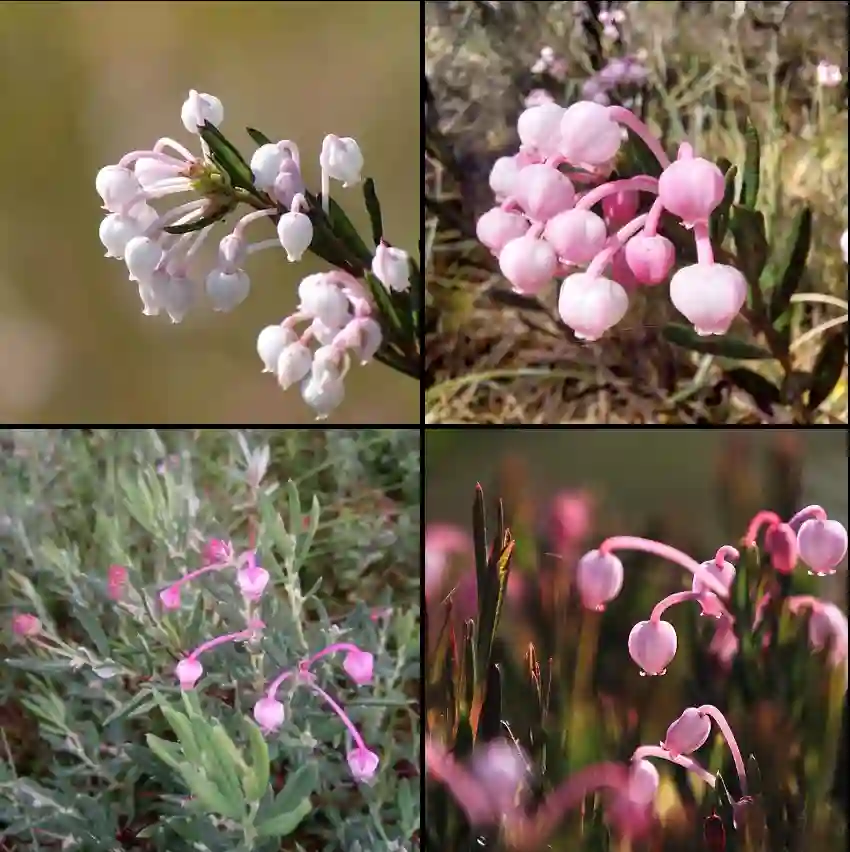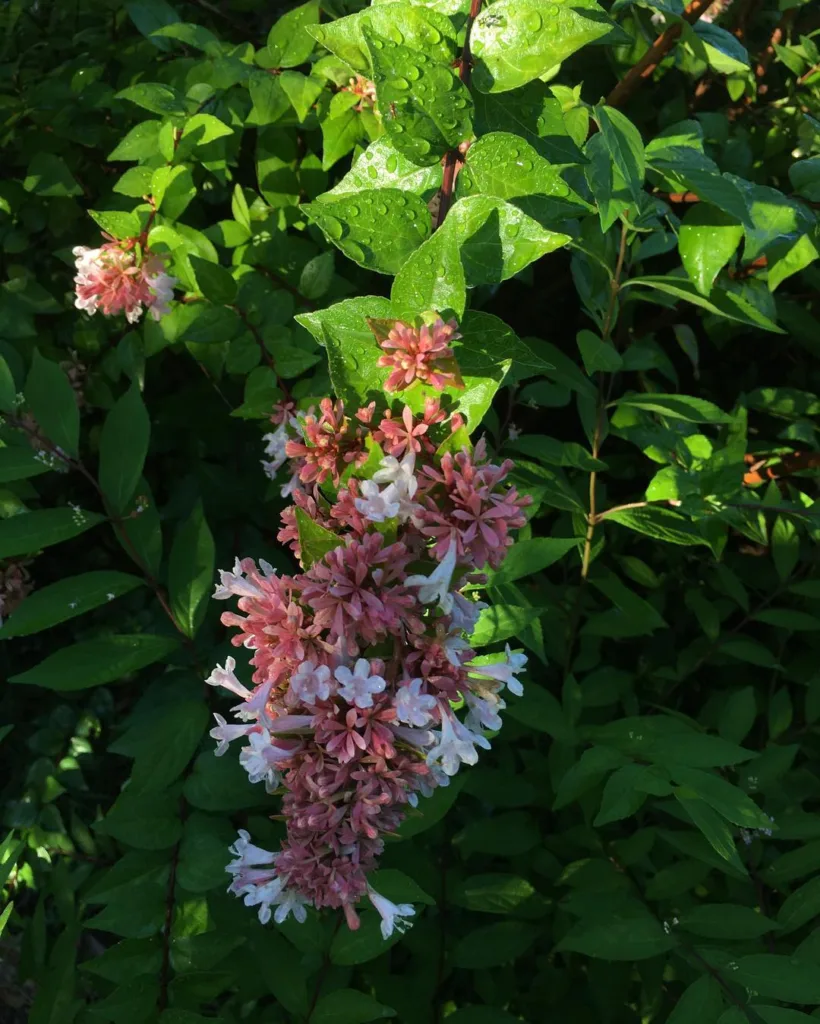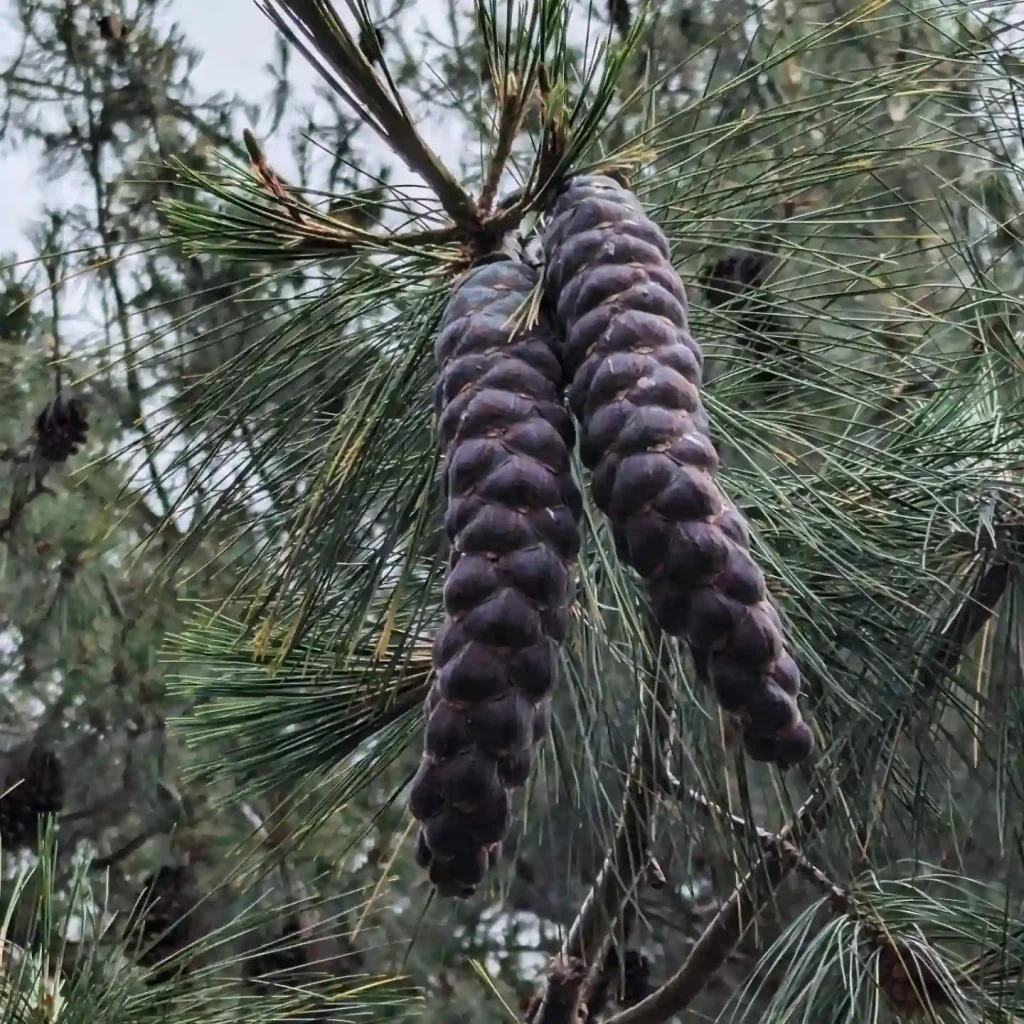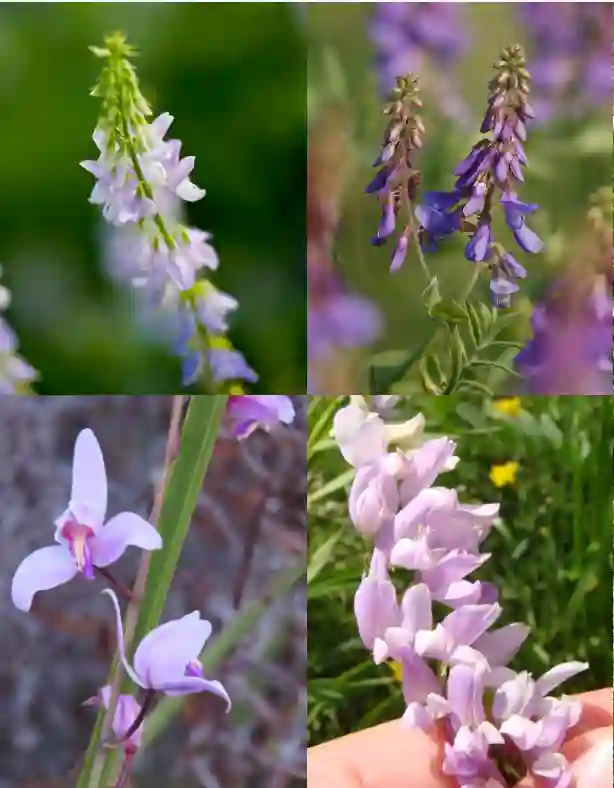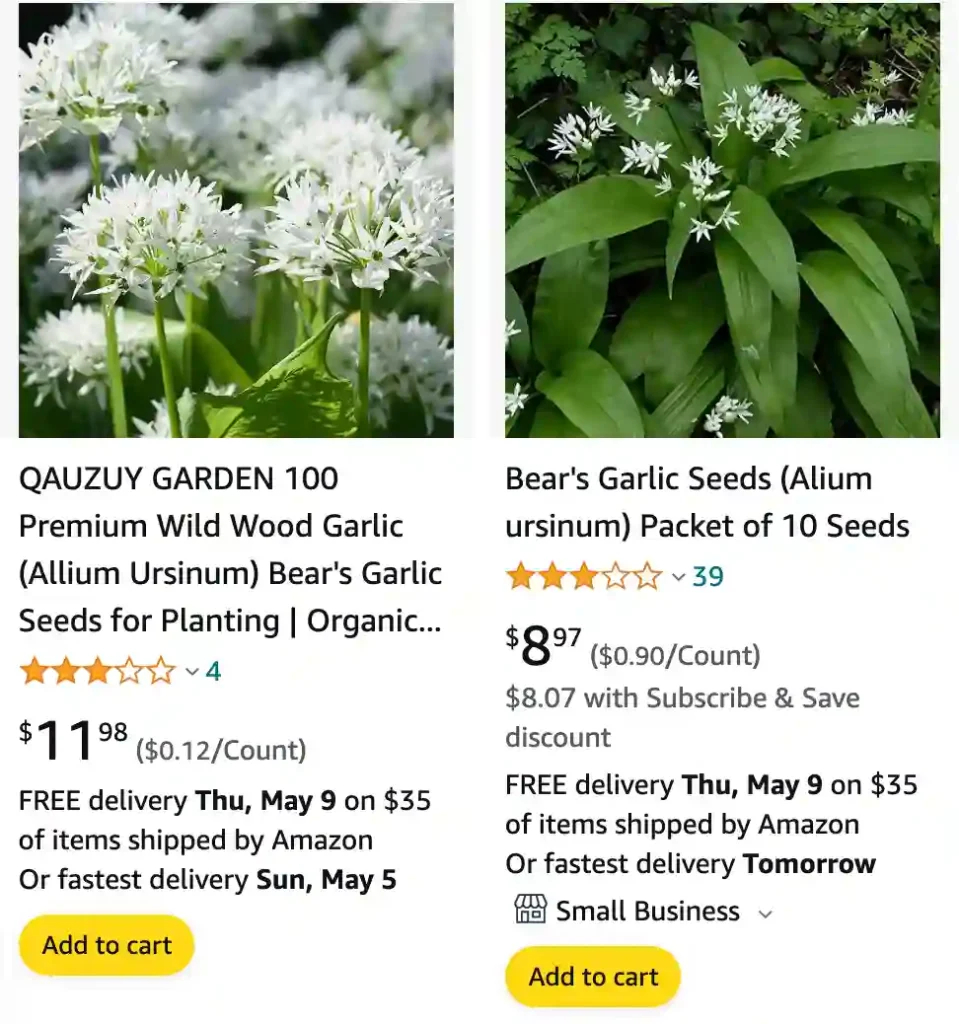
What is wild garlic?
Wild garlic – Allium Ursinum, also known as ramsons, is like a secret treasure I hunt for every spring. It’s this wild plant that pops up in the damp forests near my house. You can’t miss it – the whole place starts smelling like garlic when the leaves come out. It’s a bit of a thrill searching for them, following your nose through the trees until you spot the bright green patches carpeting the ground. The best part is, they’re free! And the flavor is amazing – way more intense than store-bought garlic, with a bit of a peppery kick.
What does wild garlic look like?
Wild garlic, also known as ramsons, is like a secret treasure I hunt for every spring. It’s this wild plant that pops up in the damp forests near my house. You can’t miss it – the whole place starts smelling like garlic when the leaves come out. It’s a bit of a thrill searching for them, following your nose through the trees until you spot the bright green patches carpeting the ground. The best part is, they’re free! And the flavor is amazing – way more intense than store-bought garlic, with a bit of a peppery kick.
Here’s what to look for:
- Leaves: Long, pointed, and oval shaped with smooth edges. They grow in clusters straight from the base of the plant and have a strong garlic scent. Imagine long, thin blades of grass with a vibrant green color, that’s the wild garlic leaves emerging in spring.
- Flowers: Small, white flowers with six petals on a thin stalk. These appear later in spring, and while not as common as the leaves, they can help with identification if you find them. They look a bit like little white stars clustered together on a stalk.
Can you eat wild garlic?
Absolutely! That’s the whole point of the wild garlic hunt! It’s a delicious and versatile ingredient. I love using the younger leaves raw in salads or sandwiches – they add this amazing garlicky punch that’s so much more exciting than regular lettuce. You can also cook them down for pestos, soups, or stews. Just be warned, they can be quite strong, so start with a little and add more to taste.
Why is wild garlic illegal?
Actually, picking wild garlic itself isn’t illegal where I live! It’s more about protecting the plant population. You see, unlike cultivated garlic, wild garlic takes a long time to reproduce. If everyone went out and yanked up the whole plant, it could seriously harm the wild patches. That’s why it’s a big no-no to dig up the roots. The best way to harvest is to just snip off a few leaves at a ground level, leaving plenty behind for the plant to keep growing and spreading its delicious garlicky goodness another year.
How to harvest wild garlic?
Harvesting wild garlic is like going on a secret mission in the springtime! Here’s what I’ve learned from my own experience:
- Timing is key: The best time to harvest the leaves is early spring, around March or April, when they’re young, tender, and bursting with flavor. If you wait too long, the leaves get tougher and more bitter.
- Follow your nose: Wild garlic has a strong garlic scent, so use your nose to guide you as you explore likely spots. Damp woodlands and shady areas near streams are good places to start.
- Look for the telltale signs: Once you catch a whiff of garlic, keep an eye out for patches of bright green, pointed leaves poking up from the ground.
- Be a responsible forager: Remember, we want these wild beauties to come back next year! Just snip off a few leaves at a ground level with a sharp knife or scissors. Leave the bulb intact so the plant can keep growing.
When to harvest wild garlic?
As a seasoned wild garlic forager, I can tell you the prime window for harvesting the leaves is early spring, ideally somewhere around March or April. That’s when they’re young and tender, with the most intense garlicky flavor. The trick is to catch them before they get too big.
Imagine those supermarket garlic cloves you see – you want the wild garlic leaves to be similar. Nice and bright green, not too wide or long, and with that unmistakable fresh, almost grassy scent that mingles with the strong garlic punch. If you wait too long, they’ll start to get tougher and develop a bit of a bitter taste. So, keep your eyes peeled (and nose twitching!) in early spring for the best wild garlic bounty.
Is wild garlic poisonous?
Wild garlic itself is perfectly delicious and safe to eat, but there’s the catch – it has some nasty lookalikes that are definitely poisonous. That’s why it’s crucial to be 100% certain what you’re picking before you even think about popping a leaf in your mouth.
Lily of the valley, for example, can be easily mistaken for wild garlic, and it’s seriously toxic. So, the key is proper identification. When I’m out foraging, I never rely on just sight. I always crush a leaf between my fingers and give it a good sniff. That strong, garlicky scent is a dead giveaway that I’ve got the right plant. If there’s even a hint of doubt, I leave it well alone – better safe than sorry!
Where to buy wild garlic?
The thing about wild garlic is it’s not something you typically find at shops like regular groceries. It’s more of a forager’s delight! Supermarkets tend to stick with cultivated ingredients, and wild garlic is a bit too wild for their shelves.
However, there’s a chance you might score some at a local farmer’s market. Especially if there are vendors who specialize in foraged goods or wild edibles. It wouldn’t hurt to ask around and see if anyone has some they’ve harvested sustainably.
But if you’re up for an adventure, venturing out and finding your own patch of wild garlic is an incredibly rewarding experience. You get the thrill of the hunt, fresh air, and the satisfaction of knowing exactly where your food comes from!
Is wild garlic invasive?
It depends where you are! In my experience, wild garlic can definitely be a bit of a two-sided coin.
In its natural woodland habitat, it seems pretty happy growing amongst the trees. It carpets the ground in these beautiful green patches and doesn’t seem to bother anything else. But here’s the thing: wild garlic is a real pro at spreading. It multiplies like crazy with its underground bulbs and seeds.
This can be a problem in cultivated areas like gardens. If you let it loose, it can take over flowerbeds and crowd out other plants. So, in those situations, yeah, it can definitely be invasive. That’s why some gardeners actually spend time trying to control it.
The key takeaway is to know your location. If you’re out foraging in the wild, it shouldn’t be a problem. But be mindful if you decide to plant some in your own garden – it might turn into more than you bargained for!
How to store wild garlic?
Ah, storing wild garlic! It’s a balancing act between convenience and freshness. Here’s what I’ve learned through trial and error:
For short-term use (think a few days): The fridge is your best friend. Wrap the leaves loosely in a damp cloth or paper towel (dampness helps prevent them from drying out). Alternatively, pop them upright in a glass filled with a little water, just like you would fresh flowers. This method is great if you want to add a touch of garlicky elegance to your kitchen counter.
Freshness won’t last forever though. If you have a bigger haul and want to enjoy wild garlic’s punch for longer, consider these options:
- Freezing: Wash and chop the leaves. Portion them into freezer bags or ice cube trays for easy use later. You can even freeze them in a light layer of olive oil for extra flavor.
- Preserving: Wild garlic pesto is a fantastic way to capture its essence. Blend the leaves with nuts, cheese, and olive oil for a potent spread that freezes beautifully. Wild garlic oil is another option – simply blitz the leaves with oil and freeze in ice cube trays.
Remember, the key is to act fast! The sooner you store your wild garlic, the more of its amazing flavor you’ll be able to enjoy later on.
If i die, water my plants!
